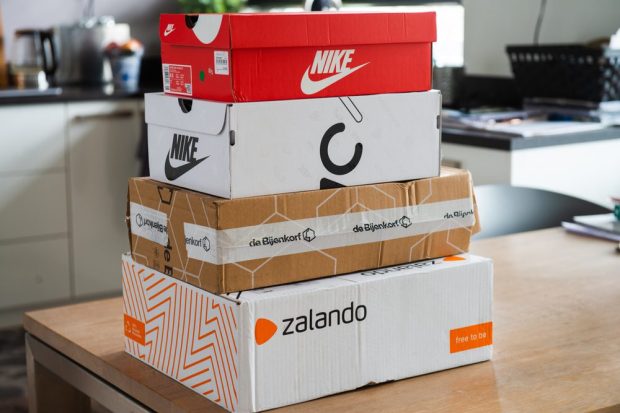All Merchants Want This Holiday Season Is a Lower Cost of Returns

With this year’s holiday season just around the corner, stores and brands are bracing themselves for a deluge of sales and returns — hoping to increase the former while mitigating the latter.
As it is, returns are eating into retailer costs. In 2021 alone, shoppers returned $761 billion of merchandise or 16.6% of all sales.
Ringing up Returns
One in three shoppers says they plan to “bracket” their holiday purchases, buying several items while planning to return some, and one in four said they’ve been returning a larger share of their online purchases because of economic pressures.
But the economic pressures go both ways. Things like free shipping and few limits on returns are in some ways a souvenir of the pandemic migration to online shopping, as eCommerce players attracted tens of millions of shoppers with free return guarantees, a sales hook that is now out of sync with the retail reality of 2022.
The supply chain is designed to go one way, and retailers and brands have yet to find an effective balance between convenience and cost when customers don’t want what they buy. Dialing up the ‘right’ balance will differ for every brand based on what they’re selling and whom they’re selling to. One of the great ironies of eCommerce is that both retailers and consumers struggle with returns, largely because each sees the other as making the process more difficult.
Logistical Headache
On the one hand, consumers find it inconvenient to pack an item for return, including basic things like having access to printing a label.
On the other hand, retailers find the return process problematic in several ways beyond just the loss of a sale. First is the inflated shipping cost of reverse logistics or return shipping. There’s also the fact that returned merchandise is either not restocked fast enough to capture seasonal or other demand trends or is often not restocked. And lastly, there is the somewhat thorny issue of disputes and chargebacks to contend with, including the burgeoning portion that is awkwardly classified as “friendly fraud.”
With rising costs and rampant inventory reduction sales already squeezing retail margins, many brands, including fast-fashion giant Zara, are rethinking their return policies, shortening the return window and even charging a return or restocking fee.
These adjustments are meant to cover more than just retailer costs but are instead geared toward deterring the shopper from deciding to return an item. The more money a retailer loses on returns, the more it has to make up for that loss by raising its prices, an unattractive scenario for everyone involved.
Read more: Retailers Revisit ‘Free Shipping, Free Returns’ as Costs Soar
Returns can also get ugly, particularly when customers dispute their purchases. A PYMNTS study noted that 61% of merchants “have experienced unintentional fraud by a member of the cardholder’s family making an unauthorized purchase, making this the most common type of first-party misuse,” and that “63% of digital subscription providers, 56% of travel and leisure companies and 46% of retailers have also faced this sort of disputed transaction.”
Simultaneously, merchants also often overestimate their dispute-resolution skills when dealing with customer chargebacks. In fact, they may be better off outsourcing the entire process. New PYMNTS data show that 92% of merchants who outsource dispute resolution still kept their losses well below 1% of revenue.
Trying on Next-Gen Tech
To cut off returns and the hassle of chargebacks, innovation is pouring into virtual try-on tech, which some retailers see as a solution for apparel and accessory categories — both infamous for high returns. The heralded return of in-person shopping is also expected to help minimize the expectation-reality gap that leads to many returns.
Online returns cost retailers an average of 21% of order value, with several brands reporting ratios considerably higher.
As retailers look to limit returns during the holiday shopping season, PayPal-owned Happy Returns has debuted a new returns-based revenue stream for Shopify merchants. Shopper re-engagement and revenue retention are vital priorities for merchants. While PYMNTS data shows that 56% of holiday shoppers might return their purchases due to a mistake in size, color or style, results from our survey also show that 45% of those same holiday shoppers might in fact keep an unwanted purchase rather than return it, if offered a discount of 10%.
However, retailers and brands handle merchandising this holiday shopping season, whether through innovative technology, a new approach return policies, or a combination of the two; it’s clear that the difference between waste and wins hangs in the balance.